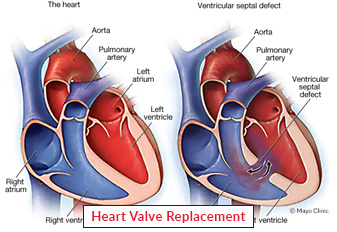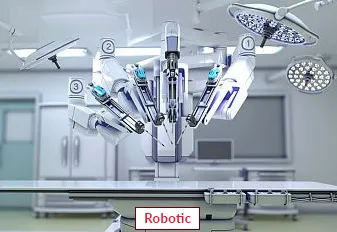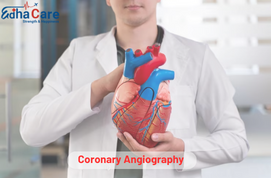Ventricular Septal Defect Treatment

Ventricular Septal Defect (VSD) is a congenital heart defect characterized by a hole in the wall between the heart's lower chambers, called the ventricles. This defect allows oxygen-rich blood to mix with oxygen-poor blood, causing the heart to work harder and leading to a range of symptoms.
Symptoms of VSD may include rapid breathing, poor feeding, fatigue, and failure to gain weight. In more severe cases, the defect can cause heart failure, pulmonary hypertension, and other complications.
About Ventricular Septal Defect (VSD)
Treatment for VSD depends on the severity of the defect and may include medication, surgery, or a combination of both. Small VSDs may close on their own, while larger defects require surgery to repair or close the hole. To get VSD treatment in India,
Procedure of Ventricular Septal Defect (VSD)
The treatment procedure for Ventricular Septal Defect (VSD) can vary depending on the severity of the condition. In general, there are two main treatment options: medication and surgery.
-
Medication: In mild cases of VSD, medication may be used to manage symptoms and prevent complications. Medications may include diuretics, ACE inhibitors, or beta-blockers. These medications help to relieve symptoms such as shortness of breath, fatigue, and swelling.
-
Surgery: Surgery is typically recommended for moderate to severe cases of VSD. There are several surgical procedures that may be used to repair VSD, including:
-
Open-heart surgery: This is the most common type of surgery for VSD. The surgeon makes an incision in the chest and uses a heart-lung machine to stop the heart and repair the defect. The surgeon then closes the incision using sutures or staples.
-
Minimally invasive surgery: This is a newer type of surgery that uses smaller incisions and specialized instruments to repair the defect. This type of surgery may result in less pain and scarring, and a shorter hospital stay.
-
Catheter-based procedures: In some cases, a catheter may be used to repair the VSD. This involves inserting a thin, flexible tube into a blood vessel and guiding it to the heart. The catheter is used to deliver a device that seals the opening in the heart.
After surgery, the patient will typically need to stay in the hospital for a few days to a week for recovery. The length of the hospital stay will depend on the type of surgery performed and the individual patient's needs.
It's important to note that while surgery can effectively repair VSD, it may not completely eliminate the risk of complications. Regular follow-up appointments with a cardiologist or pediatrician are necessary to monitor the patient's heart health and address any potential issues.
Require Assistance?
Get A Quick Callback From Our Healthcare Experts
Other Specilities We Cover

Robotic Heart Bypass Surgery

Heart Bypass Surgery




